Velodyne wants to set the standard for the driverless industry when it comes to LiDAR. To do that, the Silicon Valley-based team just announced its next step — create a low-cost, fixed-laser sensor that can be embedded into a wide range of automotive and autonomous vehicles. That next step is named the Velarray. A sturdy, compact, and affordable LiDAR laser.
Velodyne has become the leading company in fixed-laser sensors after it patented the first 3D real-time LiDAR sensor in 2005. The company's high-end sensors, which go upwards to tens of thousands of dollars, are able to provide 360-degree coverage at a long range. This new sensor won't provide 360-degree coverage but instead will complement the larger ones with a 120-degree horizontal, a 35-degree vertical field-of-view, and a 200-meter range. Even during times when there is low-reflectivity.
The size of the sensor will only measure about 5 by 2 by 2 inches and uses ASICs (Application Specific Integrated Circuits). The small size of the sensor will allow it to be integrated into an autonomous vehicle in the front, sides, or corners of the car, making the device flexible to the demands of a car.
If produced in mass volumes, the laser will only be a few hundred dollars compared to some of Velodyne's other high-end LiDAR sensors. This is good news for driverless companies that have struggled to keep up with LiDAR demand.
According to Mike Jellen, President and Chief Commercial Officer of Velodyne LiDAR, in a statement released to the press:
The Velarray enables not only fully autonomous vehicles, but also ADAS systems such as adaptive cruise control, while at the same time providing a miniature form factor and mass production target prices. It offers a unique value proposition empowering a vehicle system that improves the safe driving experience, alongside an upgraded path to full autonomy.
Samples of the Velarray will be sent out at the end of this year and full production of the sensor will start at the end of 2018. Though, high-volume production of the sensor won't start until about 2020.
All in all, the company still hopes to be the first one to bring the solid-state sensor to the market. Marty Neese, the chief operating officer of Velodyne, told IEEE Spectrum, that "the first mover sets the standard."
But they have to act fast. Other LiDAR companies like Innoviz, the Israel startup, is already on its way to marketing a $100 solid-state sensor by 2018. Also, Velodyne's biggest competitor, Quanergy, is already set to release its new $250 solid-state LiDAR sensor which will release in September.
Driverless asked for comment from Velodyne on how they plan to beat out Quanergy and its other competitors to market, but the company maintains its product will stand out amongst its competitors:
Unfortunately, Velodyne LiDAR does not release comparisons to competitors. Customers of Velodyne LiDAR have come to expect a high-quality, beautiful Velodyne image — which is what the company achieves with the Velarray sensors. All of Velodyne's products are made with the goal of achieving a unique, beautiful image.
But will that be enough? Only time will tell.
Just updated your iPhone? You'll find new emoji, enhanced security, podcast transcripts, Apple Cash virtual numbers, and other useful features. There are even new additions hidden within Safari. Find out what's new and changed on your iPhone with the iOS 17.4 update.
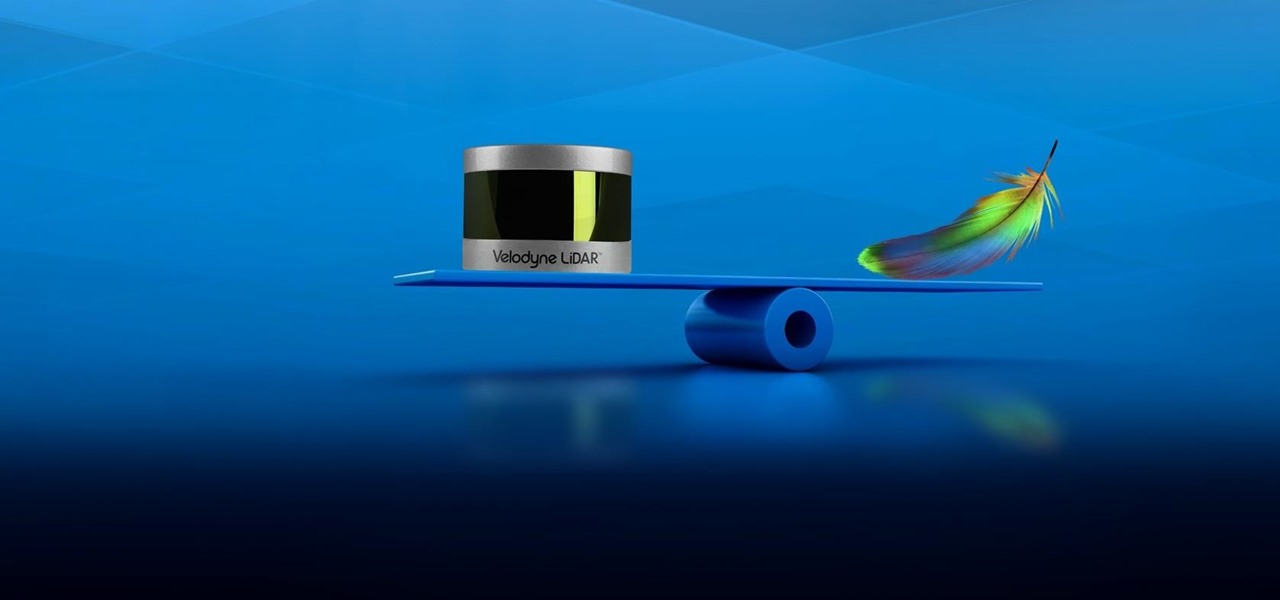


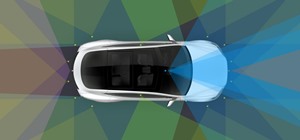
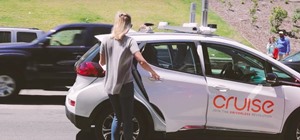
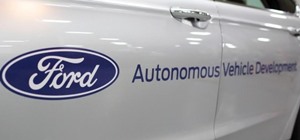

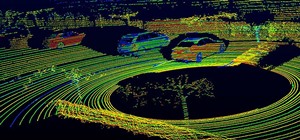
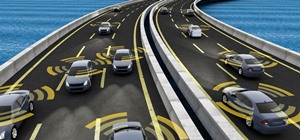
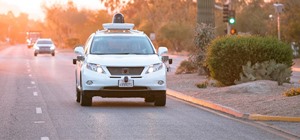
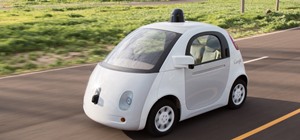
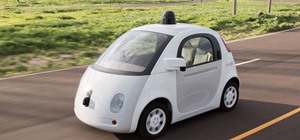
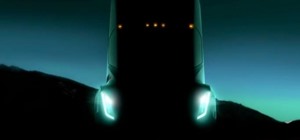


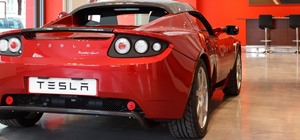

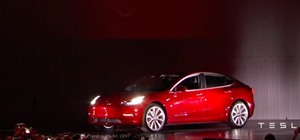
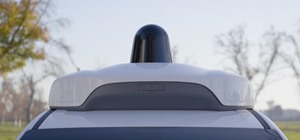
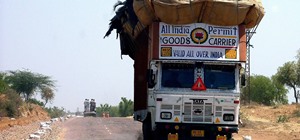

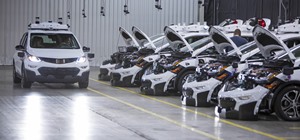
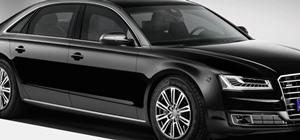
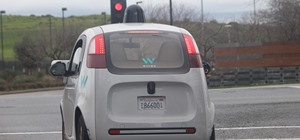

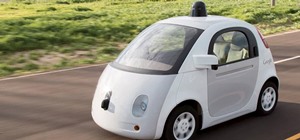
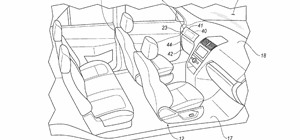

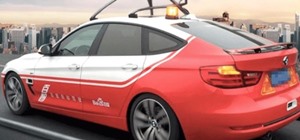
Be the First to Comment
Share Your Thoughts